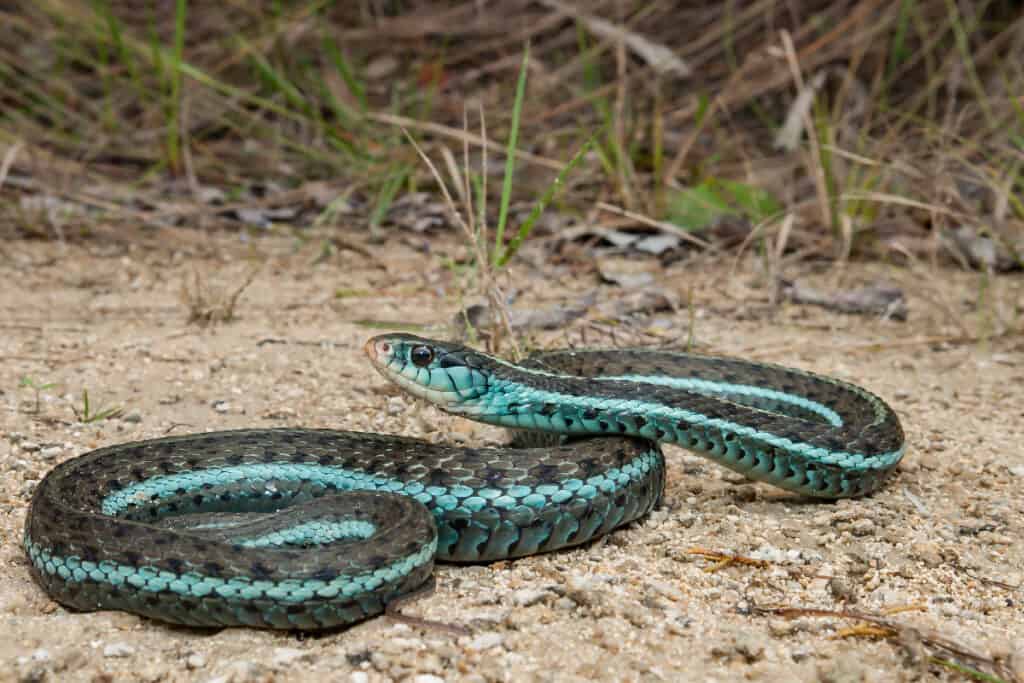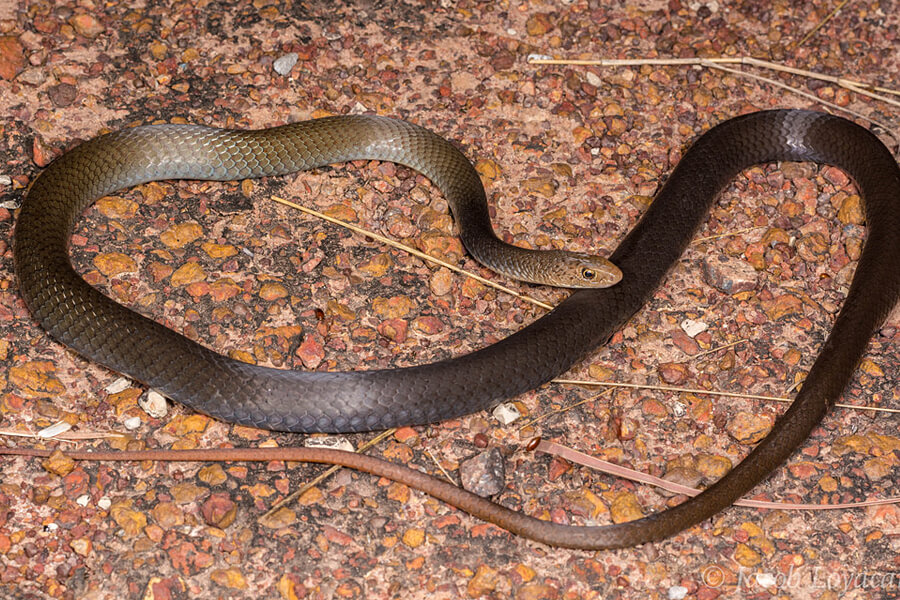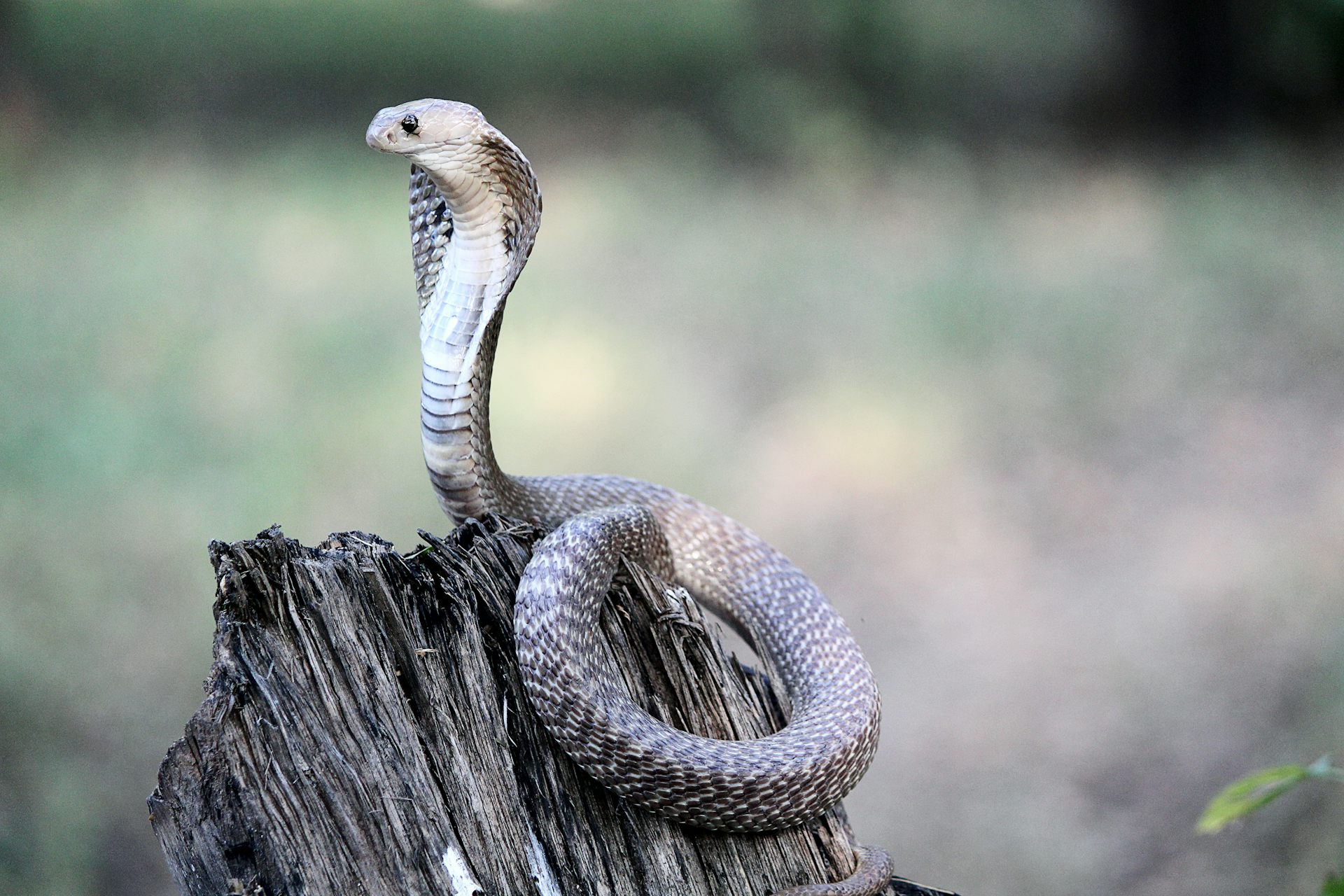Introduction
Tiger serpents (Notechis scutatus) are amongst one of the most fascinating yet feared reptiles located in Australia. With their striking appearance and potent venom, these serpents evoke a combination of admiration and care. Observing tiger snakes in their natural surroundings can be a thrilling experience for nature fanatics, wild animals photographers, and scientists alike. However, it's critical to approach this endeavor with respect for the pet's environment and an understanding of precaution to Venomous snakes in Australia avoid snake bites.
In this comprehensive guide, we'll discover exactly how to safely observe tiger snakes in their all-natural environment. We will cover subjects varying from recognizing their habits and environments to emergency treatment for snake attacks-- equipping you with knowledge to enhance your experience while reducing dangers.
What is a Tiger Snake?
Tiger serpents are very venomous snakes belonging to Australia, specifically Tasmania and coastal areas. They are recognized for their distinctive grouped pigmentation looking like a tiger's red stripes, which can range from yellowish-brown to dark brownish or perhaps black.
Physical Characteristics
Tiger serpents are tool to large-sized snakes that can mature to 2 meters long. Their bodies are durable, and they have a broad head that is distinctly broader than their necks.
Habitat Preferences of Tiger Snakes
These reptiles commonly occupy marshes, tidewaters, and seaside areas however can additionally be located near freshwater sources like rivers and lakes. Recognizing where these serpents live is vital for any individual aiming to observe them safely.
Understanding Tiger Snake Behavior
Are Tiger Snakes Venomous?
Yes, tiger serpents are among one of the most poisonous serpent varieties internationally. Their poison contains neurotoxins that can result in major clinical problems if bitten.
Behavioral Traits
Tiger serpents are normally reluctant animals; they Habitat locations of Australia’s most venomous snakes like to prevent human interaction. However, they can become hostile if endangered or cornered.
Where Can You Locate Tiger Snakes?
Tiger Snake Environment Exploration
To safely observe tiger serpents in their all-natural habitat, it's necessary first to determine where they thrive. They tend to prefer:
- Coastal marshlands Mangroves Swamps Riverbanks
Best Areas for Observation
Some recommended locations include:
- Tasmanian wetlands The shorelines of southerly Australia National parks with water bodies
Safety Precautions Before Observing Tiger Snakes
Understanding the Threats of a Tiger Serpent Bite
Although encounters with tiger serpents can be thrilling, recognizing the risks entailed is vital:
Recognize signs and symptoms of a snake bite: swelling at the website, pain emitting from the bite area. Know emergency calls: Familiarize yourself with local emergency services. Carry a first-aid package particularly geared up for snake bites.First Aid for Snake Bites: What You Need to Know
Knowing what actions to take if bitten can save your life or somebody else's:
- Stay calmness; motion enhances poison spread. Call for medical aid immediately. Do not apply ice or effort suctioning.
How to Safely Observe Tiger Snakes in Their All-natural Habitat
When you choose to observe tiger serpents in the wild:
Dress Appropriately: Put on lengthy trousers and tough boots. Use Binoculars: Keep a secure distance while observing these reptiles. Avoid Unexpected Movements: Quick activities may surprise them. Stay on Established Trails: Prevent wandering into dense underbrush where presence is low.Equipment Needed for Observation
Essential Gear Checklist
- Binoculars First-aid package specifically developed for snake bites Field guidebook on Australian reptiles Camera (with zoom capability)
Snake Bite First Aid Kit Essentials
A fully equipped first aid set need to consist of:|Product|Purpose|| -------------------------------|-------------------------------|| Compression bandage|To debilitate the afflicted area|| Antihistamines|For allergies|| Emergency call numbers|Quick accessibility during emergency situations|


Interpreting Tiger Snake Signals
Understanding how tiger snakes communicate through body language assists onlookers assess when it's risk-free or harmful:
Common Behaviors
Defensive position: If curled or increased off the ground. Retreating actions: When they slowly pull back from possible threats.Dealing With Potential Encounters
Even with safety measures taken, an experience might still happen throughout your monitoring trip:
Remain calmness; worrying just heightens risks. Slowly pull back without transforming your back on the snake. Make your existence known vocally but stay clear of sudden movements.Frequently Asked Inquiries Concerning Tiger Snakes
1. What should I do if I see a tiger snake?
Remain tranquility; observe from a range without troubling it.
2. Are child tiger snakes dangerous?
Yes, juvenile tiger snakes are birthed venomous and might posture threats similar to grownups despite being smaller.
3. Just how usual are tiger serpent bites?
While occurrences take place annually in Australia, fatalities are unusual due to timely therapy availability.
4. Can I keep a tiger snake as a pet?
Keeping wild tiger snakes as pet dogs is prohibited in lots of areas because of conservation laws.
5. What does a tiger serpent attack appearance like?
Bite marks commonly reveal two puncture wounds in addition to local swelling and discoloration.
6. Just how effective is antivenom?
Antivenom therapy is very effective when provided prompt after a bite.

Conclusion
Observing tiger snakes in their all-natural environment offers a thrilling opportunity for wild animals enthusiasts but have to be skillstrainingcollege.com.au come close to with caution and regard for both the animal and its setting. By equipping yourself with knowledge concerning these fascinating reptiles-- consisting of comprehending their actions and precaution-- you can appreciate remarkable experiences while significantly reducing dangers related to encounters.
In summary, constantly focus on safety by preparing sufficiently prior to starting any kind of wild animals monitoring exploration-- particularly when managing several of nature's most poisonous creatures like the tiger snake!